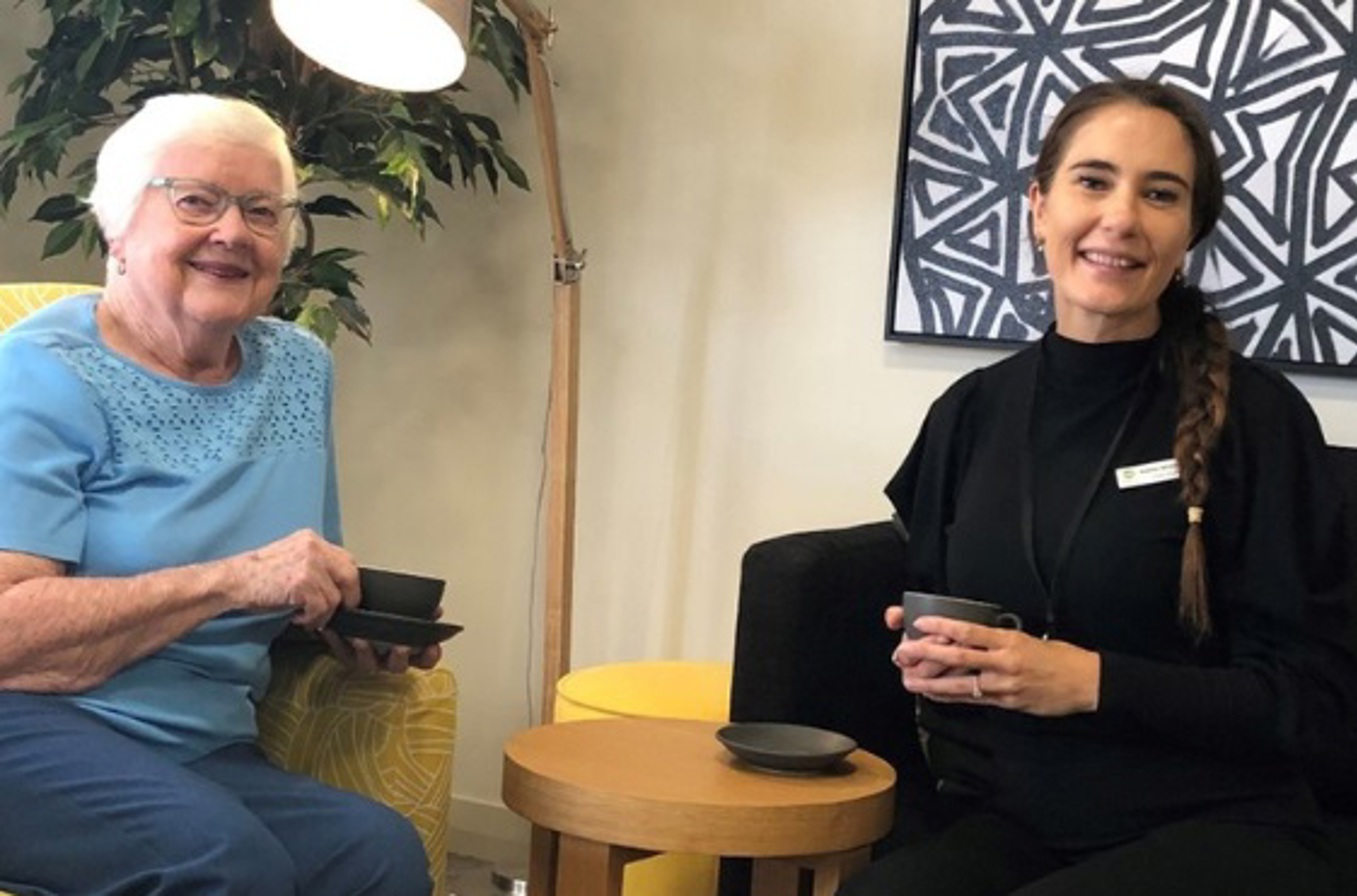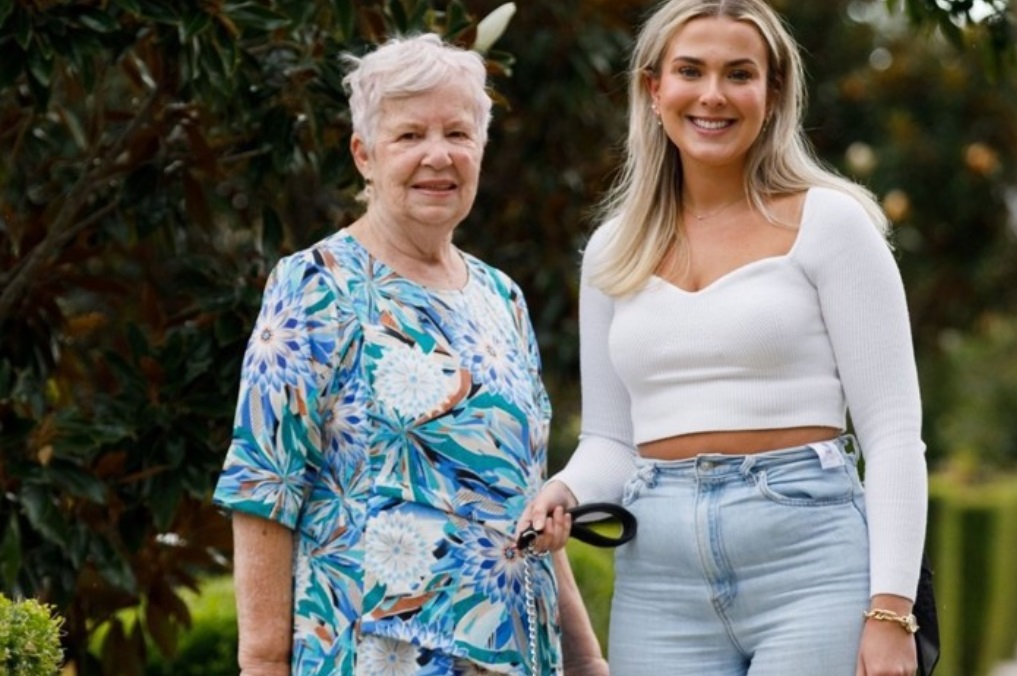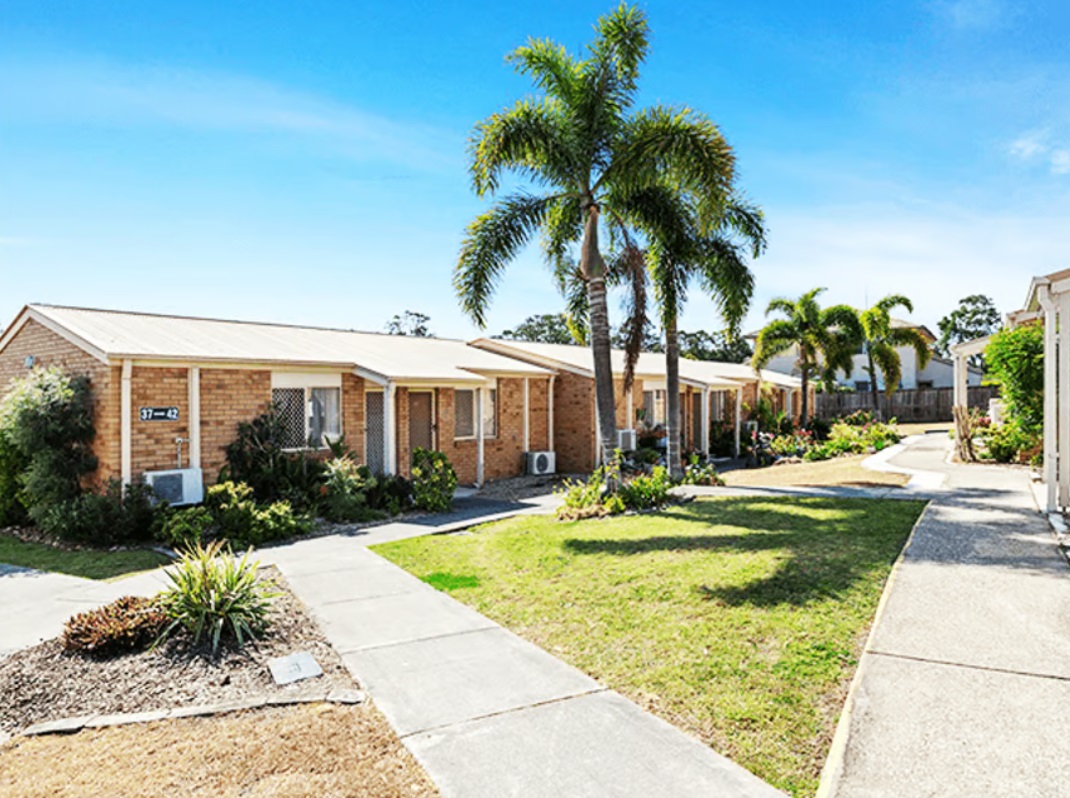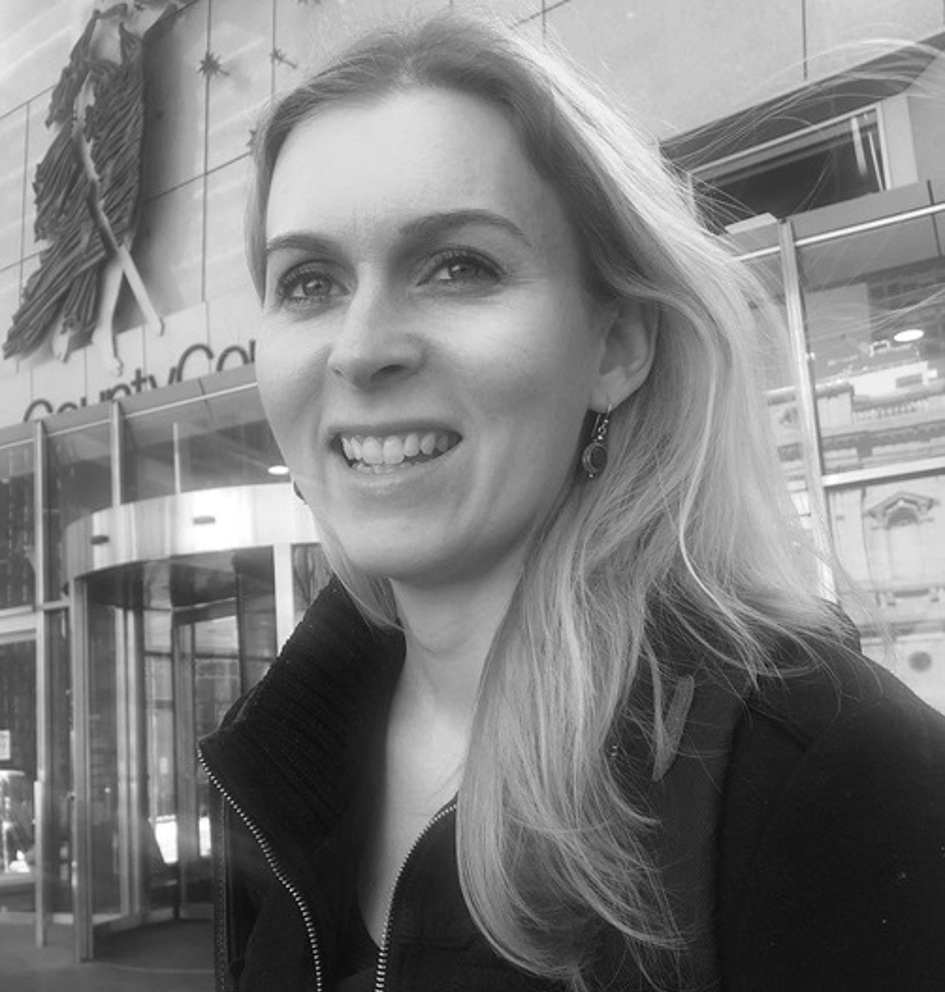Maggie Beer's Big Mission: Meath Care on what has happened since
08/08/2024

Sas Peiris, Executive Chief at the Not For Profit's aged care home in Perth, Western Australia, where Maggie Beer's Big Mission was filmed, said he enjoyed being part of the series.
"At the end of the day, when I see the residents happy, it's a great pleasure," he said.
"I'm always happy to tell the world where I work and what I do because I have so much pride in being an aged care chef. We create beautiful meals."
He received an extra kitchen hand, to help with the cooking, as it was clear during the filming he was seen struggling to keep on top of training staff, running a kitchen and admin across two sites.
"I've also got a lot more administrative help. For 10 years, when I would go on holidays, I would still have to do the ordering,” he said.
New menus in place
Meath Care said it was able to implement more protein per serving, which was achieved through modifying existing recipes and incorporating a few new recipes.
"This has had a positive outcome with the average protein per serving doubling and almost two out of three residents increasing their protein intake,” the provider said.
"Since the end of the project, we have had to amend a few recipes which had achieved the higher protein by fortifying with dairy products such as cream, butter, and cheese. Unfortunately, since the end of the project we noted that there was a higher incidence of residents having digestive ailments which suggested that the diet was too high in fat, for example gall bladder or reflux issues.
"However, equipped with his new skills learnt from the Maggie Beer Foundation chefs and the dietician, Sas has identified a few recipes that he feels can be fat reduced without losing protein levels; for example replacing cream in soups with coconut cream.
"The enhanced menu remains in place, except for minor changes necessary for resident health."
A new buffet experience
"While a buffet was not a new idea in aged care, nor at Meath Care, the buffet experience that was implemented in the project was much further reaching as it was available for all meals and went beyond just a meal choice for those who could utilise a buffet – it became a focus where residents are given the appropriate support of staff to access the buffet.” said Meath.
"All meals remain as a buffet style. Where there was a breakfast buffet in operation before the project, the food options have been increased for breakfast, although other meals are served from the kitchenette. Because the buffet depends on people undertaking their specific roles for this, there have been a few instances where things were noted to regress; for example, jams were provided in individual sachets rather than decanted into bowls for residents to serve themselves, or certain foods not set out.
"This highlights the phenomenon of where changes are implemented, you need to keep monitoring to prevent old practices recurring.
"Buffet meals remain in place, although ongoing checks are needed to ensure that best practices are continuing."
Modified textured food
"Before the project, our texture modified food did not always follow the menu. For example, some meals had texture modified foods were identical to what was being widely offered to residents who did not require modification, but there were other meals where the texture modified option was completely different,” Meath Care said.
"A positive outcome of the project is that we can now always offer a meal to people who require a texture modified diet that is identical to what is offered to residents who do not require modification, except for the texture. This is what we refer to as food equity in aged care.
"To achieve this food equity, two main interventions were needed: a menu review to ensure that food that can be texture modified is always a meal choice, and a review of kitchen processes to ensure that there is sufficient time for freshly cooked food to be modified for service at the next meal."
At least one menu choice at mealtimes can be texture modified and made available to residents who require this.
Resident roles
The tasks included ironing napkins, filling condiments, and setting tables.
"While the number of residents who took on these roles was lower than the number who initially expressed an interest in doing so (38% compared to 67% initially), this has consistently continued,” Meath Care said.
"Since the conclusion of the project, the same residents have engaged in the same roles and this is generally now resident-initiated, so staff rarely need to remind them. This demonstrates that the roles have not only given residents a sense of purpose, but may have maintained a level of cognition, given that 92% were noted as having some form of cognitive deficit at the beginning.
"The only shortfall we have currently is succession planning for these roles. Generally, a task is not completed by another resident where a resident is unable to perform their task, for example if they are in hospital. We have also had limited success in encouraging new residents to take on roles, so this is something we need to encourage in the future."
The resident roles continue, although longer-term planning may be needed to encourage others to be involved.
The health of the residents was evaluated by Associate Professor Jade Cartwright, University of Tasmania, it found:
- Resident weight: no discernible change overall.
- Depression: a reduction from 46% of residents showing signs of depression at the start of the project, to 22% of residents at the end (tool used was the short-form Psychogeriatric Depression Scale).
- Appetite: a reduction from 85% of residents being at risk of weight loss over the next six months at the start of the project, to 43% of residents at the end (tool used was the Comprehensive Nutrition Assessment Questionnaire).
- Mealtime satisfaction 1: 43% of residents were mostly or sometimes satisfied with the variety of meals at the start of the project; increasing to 100%.
- Mealtime satisfaction 2: 29% of residents were mostly or sometimes offered food that they liked; this increased to 53%.














